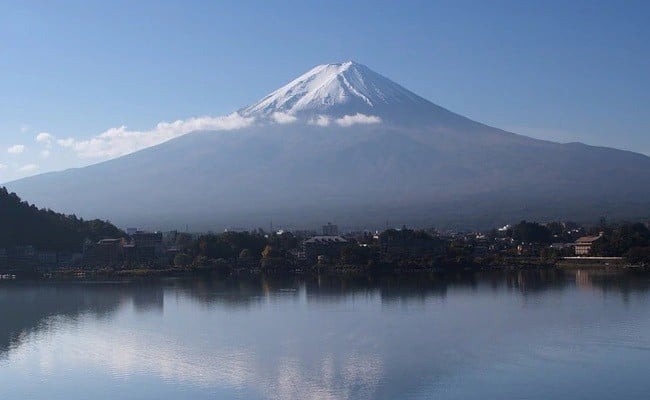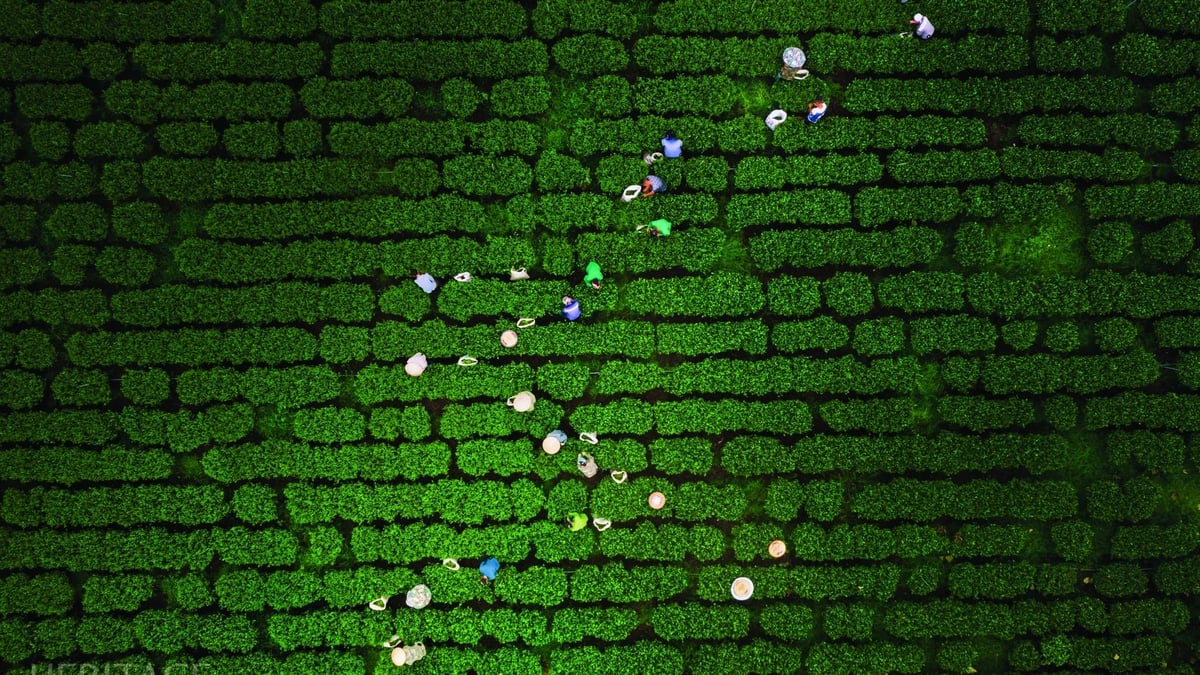A team of Japanese researchers has discovered for the first time that microplastic particles also exist in clouds.
 |
| Analyzing water samples taken from clouds at the top and foot of Mount Fuji, Japan, scientists discovered a total of 70 microplastic particles, which can be classified into 9 types. (Illustration photo - Source: Getty) |
The team will continue to dig deeper into the details because microplastics in clouds can affect the climate and be harmful to the human body.
These are particles that have raised concerns about their impact on ocean ecosystems. It is thought that microplastics are released into the atmosphere when seawater condenses into clouds.
The research team, led by Professor Hiroshi Okochi of Waseda University, tested 44 water samples taken from clouds at the summit and foot of Mount Fuji as well as the peak of Mount Tanzawa-Oyama, west of Yokohama in Kanagawa Prefecture.
Analyzing the samples, the team found a total of 70 microplastic particles, which could be classified into nine types. The particles measured between 7.1 and 94.6 micrometers and had an average concentration of 6.7 to 13.9 particles per liter.
So far, little is known about the effects these particles may have, but they may include impacts on climate.
Microplastics can act as “seeds” that cause surrounding cloud droplets to condense into raindrops, thereby increasing cloud outflow and total rainfall.
Researchers say microplastic particles in clouds that fall to the ground as rainwater can then enter the human body through agricultural products and livestock, negatively impacting health.
Source



































![[Photo] Prime Minister Pham Minh Chinh receives Swedish Minister of International Development Cooperation and Foreign Trade](https://vphoto.vietnam.vn/thumb/1200x675/vietnam/resource/IMAGE/2025/5/12/ae50d0bb57584fd1bbe1cd77d9ad6d97)
![[Photo] Prime Minister Pham Minh Chinh works with the Standing Committee of Thai Binh Provincial Party Committee](https://vphoto.vietnam.vn/thumb/1200x675/vietnam/resource/IMAGE/2025/5/12/f514ab990c544e05a446f77bba59c7d1)

































































Comment (0)